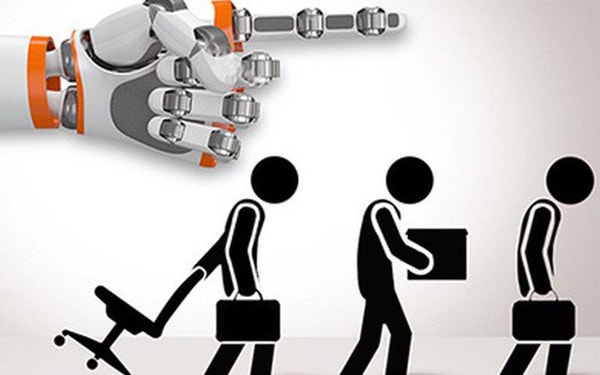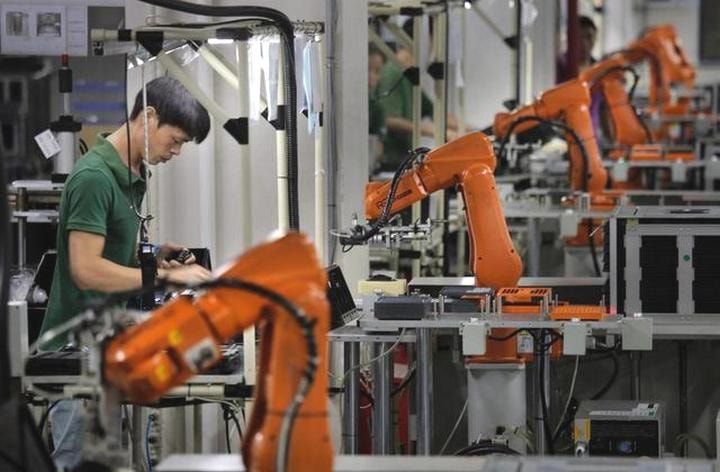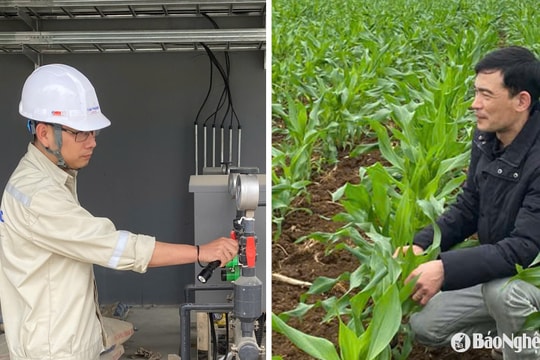7.5 million Vietnamese workers will lose their jobs?
Vietnam is the second country, after Indonesia, in terms of the level of workers affected by technology and automation in the ASEAN region.
“Technology” and “automation” are the buzzwords right now. They imply that the future of the job market will be very different from what we have now.
The World Economic Forum predicts that in the next four years, the development of science and technology will replace 75 million jobs and create 133 million new jobs globally. Southeast Asia is the region most affected.
Therefore, the region is trying to shift its economic structure from agriculture to services to catch up with the technology wave.
 |
According to a recently published report by Oxford Economics and the US technology company Cisco, the technology wave could replace 28 million jobs from the six leading ASEAN economies in the next 10 years, equivalent to about 10% of the workforce of Indonesia, Malaysia, the Philippines, Singapore, Thailand and Vietnam.
Research shows that while technological developments will create new jobs, they will also displace 6.6 million jobs.
“As new technologies are adopted, production costs fall, which will reduce the prices of goods and services while boosting consumer demand and creating new jobs,” according to a report by Oxford Economics and Cisco.
Specifically, the affected industries include retail and wholesale, manufacturing, construction and transportation. Information technology, finance and the arts sectors also benefit.
Since most of these industries require skills and frequent contact with customers, workers should look for opportunities to acquire new skills now. This process should include a combination of professional training and soft skills, such as communication and critical thinking.
The industrial and agricultural workforce will suffer the greatest losses as automation easily replaces low-skilled workers.
 |
The technological revolution, while occurring globally, will particularly affect workers in Southeast Asia – a region that remains largely dependent on agriculture, accounting for some 76 million jobs in the ASEAN-6 region.
Among the top six ASEAN economies, Indonesia – the most populous country in the region – will be the hardest hit with 9.5 million workers displaced.
Vietnam is the second country in terms of the impact of technology and automation on labor replacement. According to forecasts, in the next 10 years, up to 7.5 million people, equivalent to 13.8% of Vietnamese workers, will lose their jobs due to automation technology.
According to the General Statistics Office, in 2017, the number of workers in the agricultural sector was 5.25 million, accounting for nearly 10% of the total workforce. Workers in simple occupations amounted to nearly 20 million, accounting for more than 37%.
Meanwhile, the total number of workers with medium and high technical expertise is only 5.624 million people, accounting for just over 10% of the workforce.
It can be seen that Vietnam will be greatly affected by the revolution in automation technology. It is necessary to quickly improve the scientific and technical level of workers, and at the same time shift the labor structure to fields that are more difficult to replace.









